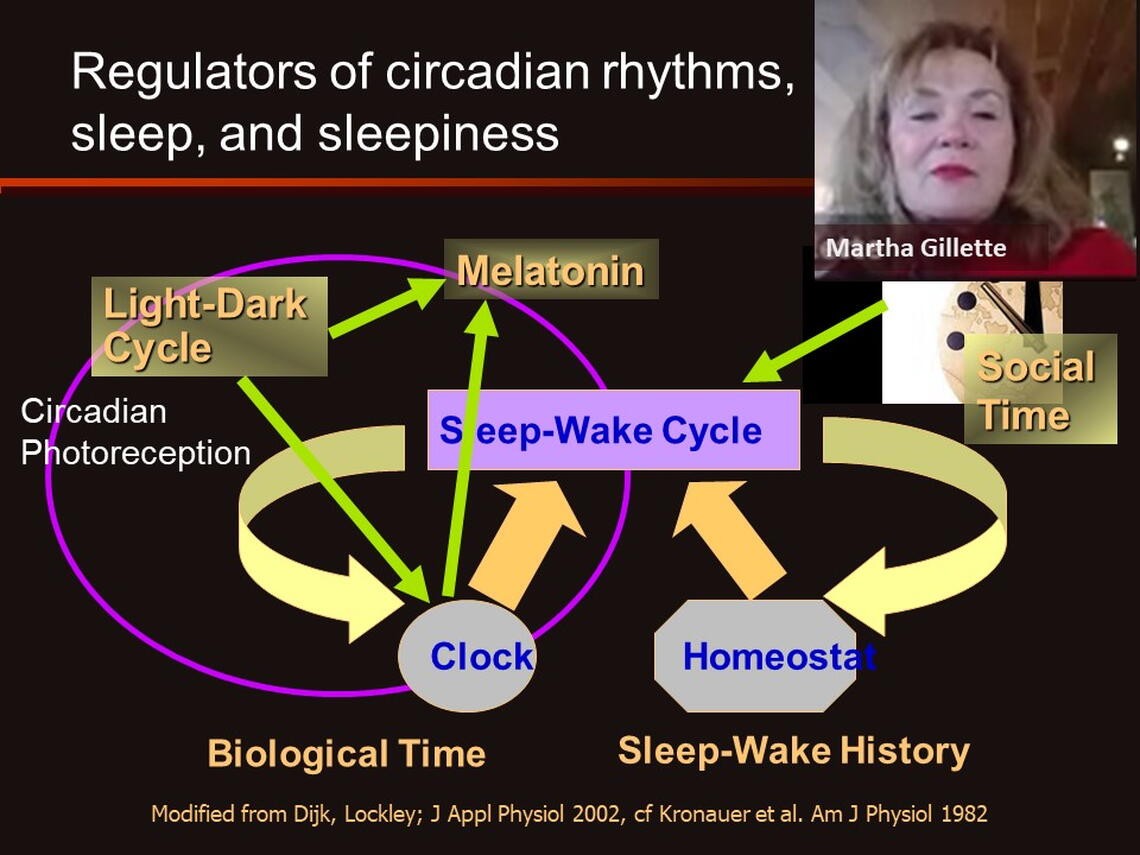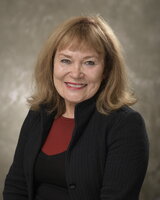
Going from teaching in front of an auditorium that seats 600 students to lecturing on a webcam at home requires patience and skill – and, for one professor, a lot of imagination.
Martha Gillette, professor of cell and developmental biology and director of the Neuroscience Program, co-teaches a class on integrative neuroscience and learned a way to maintain her energy now that she’s just talking to a computer screen.
"I have to imagine that my students are in front of me in order to give an animated and engaging lecture," Gillette said.
To slow the spread of COVID-19, the University of Illinois, along with most other academic institutions around the country, has transitioned completely to remote learning until the pandemic subsides. It has been a learning experience for everyone; one professor in the Department of Political Science conducted an informal survey and found that about 75 percent of students had never used Zoom before.
Many professors, such as Gillette, are reporting that the transition has been successful or adequate. Gillette said her class transitioned well to Zoom with assistance of Katya Gribkova, her tech-savvy teaching assistant. She’s found that her students are just as engaged in the virtual classroom as they are in person.
“We had 94 people come to the lecture” in the integrative neuroscience course, Gillette said. “That’s more students than come to most lectures in Lincoln Hall. We were so thrilled.”

With every trial, there’s also error; for Gillette, this meant adapting to online testing platforms and listening to students’ input.
“We were one of the first classes to give an exam,” she said. “Students said they didn’t like being video monitored by their computer while they took it, so we decided to give an open note exam.”
Ninety-four students took the exam in real time, and the one person who didn’t was flying to Korea. They took the exam after landing without any technical difficulties.
These numbers for the online exam were about the same or better than normal in a couple of ways. During a normal exam, Gillette said, they typically administer about six makeup exams, as opposed to the single makeup exam for the online version. The student performance on the online exam was about the same as in-person testing, Gillette said.
“I’m working harder than I would normally during the school year,” Gillette said. “But we’re here for the students. We want them to feel accommodated.”
